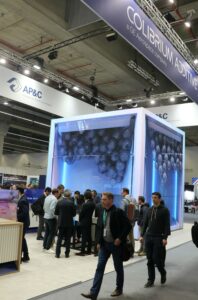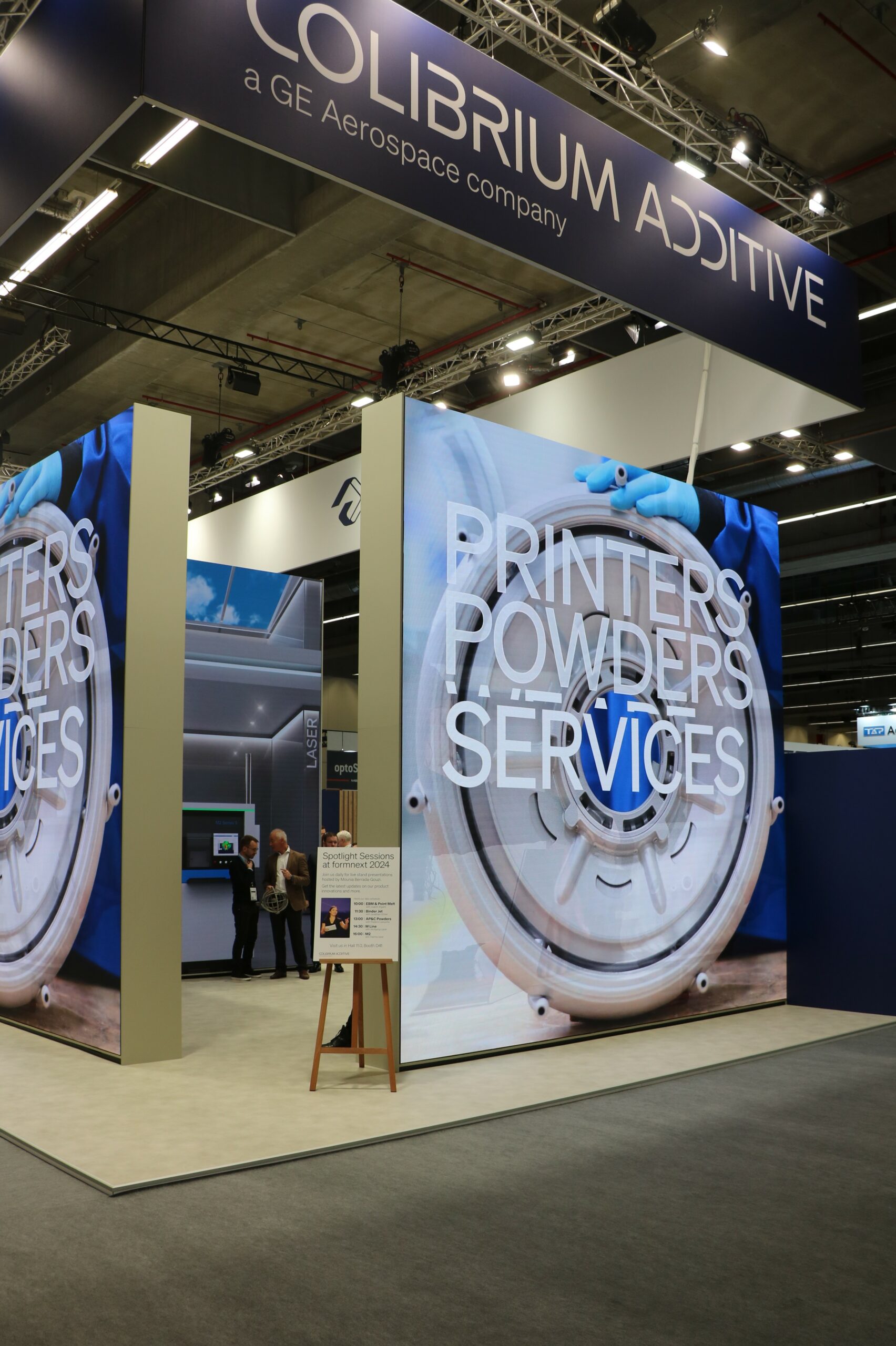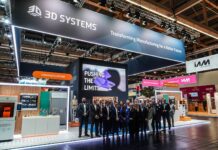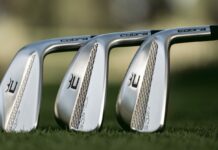For those who were not at RAPID+TCT 2024, Formnext 2024 was the opportunity to discover in real life the new colors of GE Additive which recently rebranded as Colibrium Additive. As Shaun Wootton, Head of Communications reminded me, GE Additive has always been part of GE Aerospace and despite the number of benefits the company’s ongoing relationship with GE Aerospace offers, it was time for a change; to highlight the uniqueness of each company while remaining “balanced”. This rebranding should not be seen and is not an indication of any organizational upheaval, Wootton confirms.
That being said, the rebranding was not the only highlight of Colibrium Additive this year. In addition to the recently launched Spectra M – the company’s entry-level EBM 3D printer -, Colibrium Additive also announced the commercialization of its Binder Jet Line Series 3.
Following a tour of the booth, I caught up with CTO Chris Schuppe, to learn more about this project that finally came to life. And despite this long wait, somewhere during the conversation, I told myself it was worth it.
H1 – for “Hustle”
What a code name for a 3D printer! A code name that aimed to indicate all the hard work the team at Colibrium Additive has been putting into the development of this metal 3D printer while remaining secretive about its development. However, with the launch of its beta partner program, a few pieces of the mystery had been broken at sporadic intervals over time, almost every time a new partner was added. As a reminder, power generation firm Cummins joined the program in April 2019, and transportation company Wabtec followed a month later. Sandvik joined the group during the COVID-19 pandemic whereas tooling and industrial materials supplier Kennametal joined in 2022.
“With the beta partner program, we collected feedback from partners on different areas of the technology we wanted to improve and different challenges binder jetting raised,” Schuppe told 3D ADEPT Media.
The truth is, binder jetting became popular due to its ability to deliver high production speed, and material flexibility compared to traditional powder metallurgy techniques. However, based on the feedback they received from their partners, Schuppe explained that 4 key points were limiting the adoption of this manufacturing process:
- Powder handling: partners could neither transfer the powder safely, nor reclaim the used powder hence the need for a bigger, fully closed loop system.
- The fragile nature of green parts. With this new binder jetting system, the strength of the parts has been improved. According to Schuppe’s explanations, this is one of the key elements that differentiates Colibrium Additive from others – as only a small percentage of binder by volume is needed in the printed part to achieve a high green strength.
- Manufacturers were looking to achieve parts with robust material properties but the chemistry of the binder could affect the part chemistry.
- Scalability. With the ability to produce full build boxes of parts in ~1 day, Colibrium Additive provides all the resources to help any manufacturer scale their operations internally and externally.
The focus on these challenges has led to the development of a metal 3D printer with a build envelope of 500 x 500 x 495 mm (x, y, z). Capable of producing large parts (250+mm), the binder jet line can deliver higher yield while facilitating automation of production processes.
While we didn’t emphasize on the material capabilities of the machine, we know the team has a strong experience in 316L which is already available. “We can deliver parts with material properties that meet the requirements of regulated industries such as automotive, aerospace; [in a nutshell], all industries that rely on castings may use binder jetting in their production environment,” the CTO points out.
What applications are well-suited for binder jetting?
If you are a regular reader of 3D ADEPT, you may recall that the very first metal 3D printed part produced with Colibrium Additive’s binder jetting solution was shared three years ago: a Cummins Emission Solutions (CES) lance tip adapter, the type of part that is being utilized in high horsepower engines.
 After my tour at the Colibrium Additive’s booth, I am convinced of one thing: binder jetting is a good production candidate for producing high-volume, functional, and highly dense precision parts. Furthermore, since the raw material is less expensive, and the throughput is much higher, Colibrium Additive’s binder jet line can deliver a much lower cost per part. Parts such as knee implants and pumps (usually manufactured via castings) showcased at the company’s booth at Formnext are interesting examples to mention here.
After my tour at the Colibrium Additive’s booth, I am convinced of one thing: binder jetting is a good production candidate for producing high-volume, functional, and highly dense precision parts. Furthermore, since the raw material is less expensive, and the throughput is much higher, Colibrium Additive’s binder jet line can deliver a much lower cost per part. Parts such as knee implants and pumps (usually manufactured via castings) showcased at the company’s booth at Formnext are interesting examples to mention here.
In a nutshell?
So, despite the long delay, the team at Colibrium Additive wanted to make sure that the Binder Jetting technology they are bringing, does what they say it can do. With the commercialization being effective today, the technology is ready to live up to its promise and based on the applications showcased at Formnext, we can already testify to its capabilities.
Featured image: 3D ADEPT






